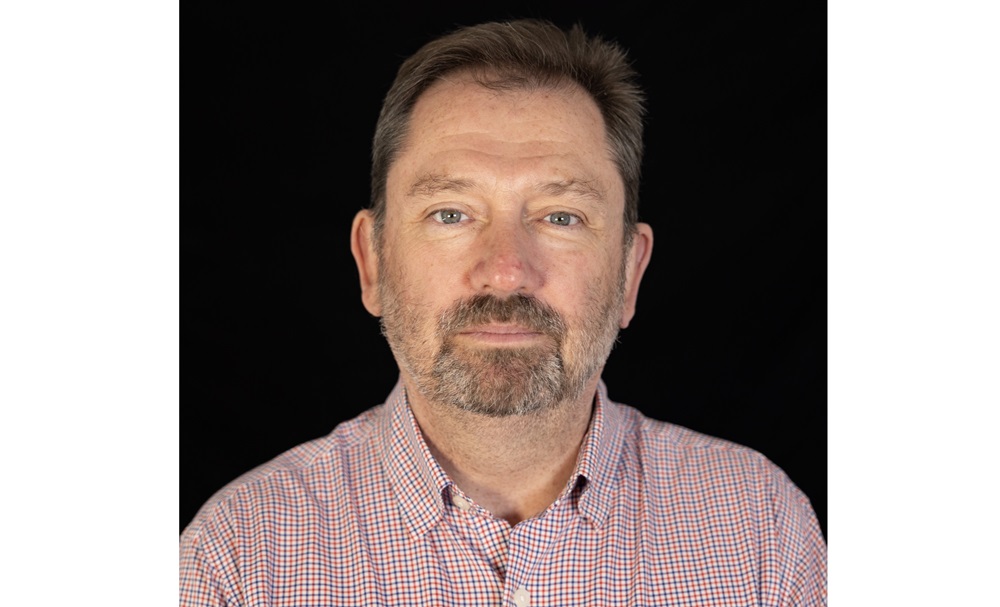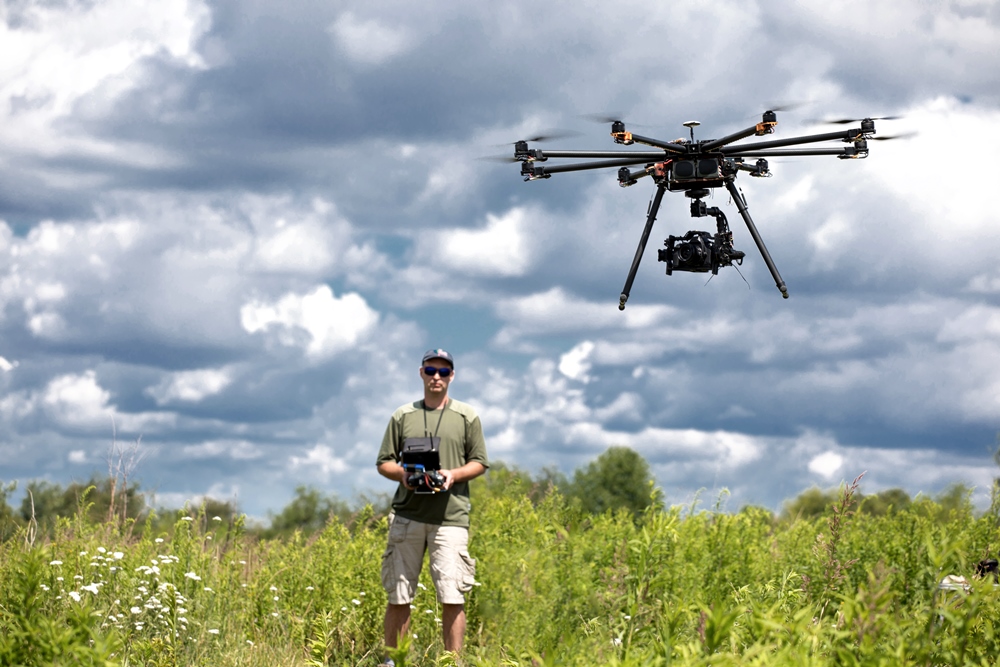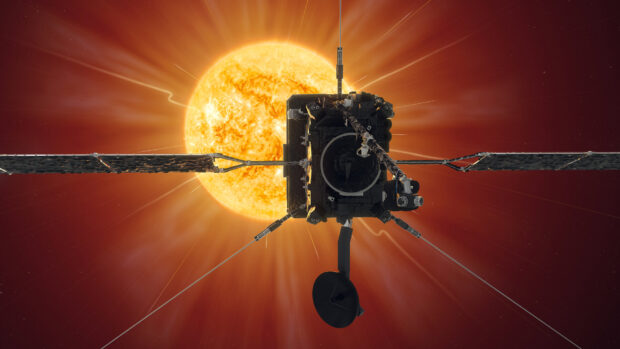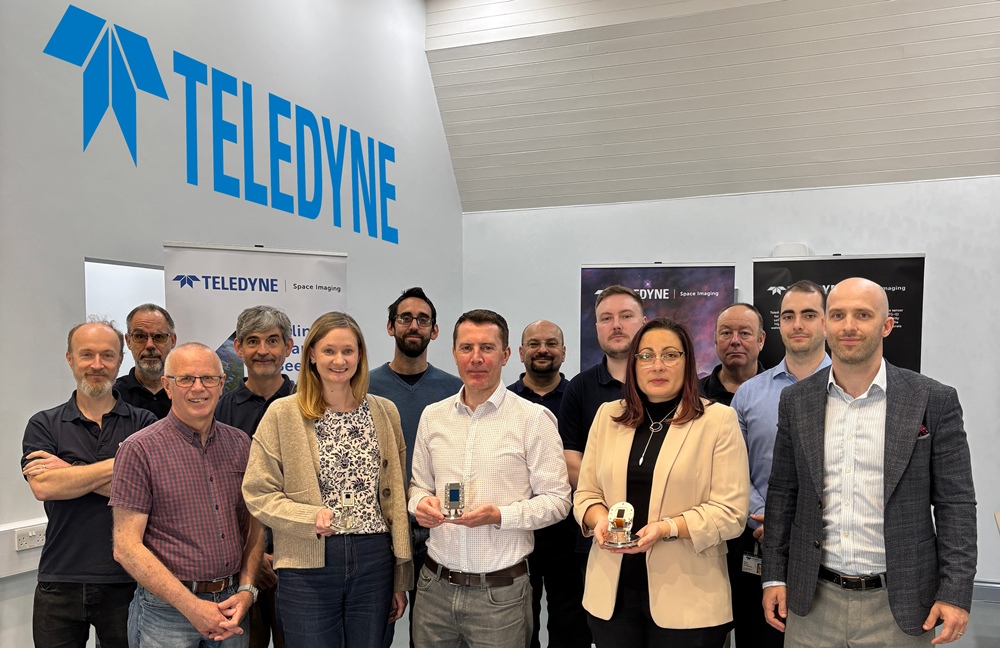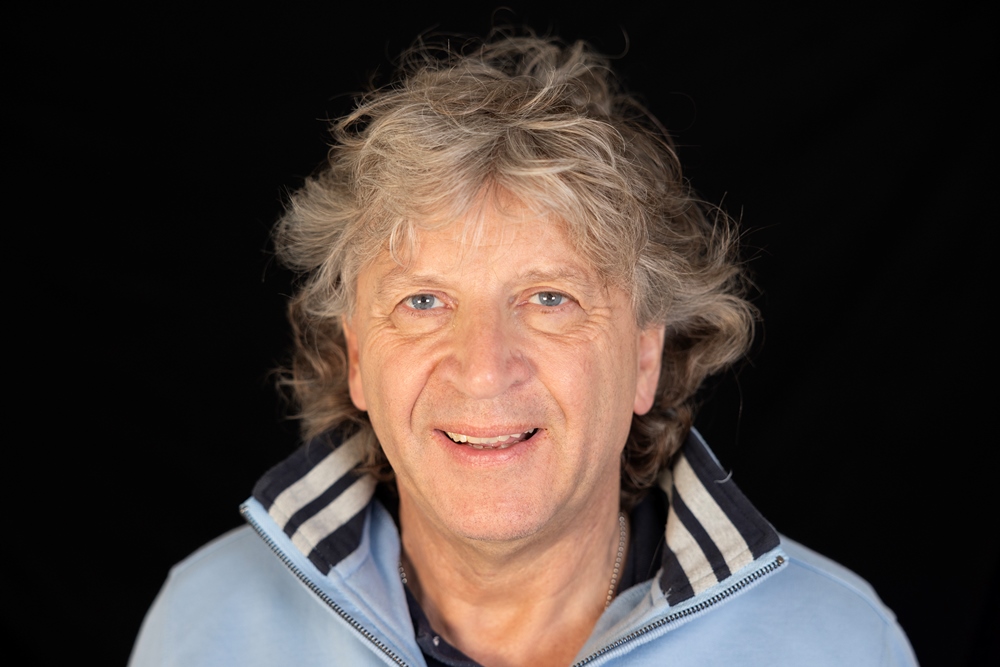Astrium tests Sentinel-1 C-band SAR
Following its launch in October 2013, this radar satellite will help monitor and analyse environmental events around the globe from 700km above the Earth.

It will be the first satellite to go into orbit of a whole series of Sentinel satellites being developed and built as part of the European GMES programme.
The Astrium-built C-band SAR (Synthetic Aperture Radar) instrument is the core element of the mission. The C-band radar beam, with a wavelength of six centimetres, penetrates forests and scrub to reach the ground, and registers any movements or changes on the Earth’s surface to within a centimetre. The radar instrument can operate in four different observation modes enabling Sentinel-1 to respond to a wide range of varying requirements.
The waveguides used in Sentinel-1’s SAR instrument are a version of the technology successfully used on TerraSAR-X and TanDEM-X that has been scaled and adapted to C-band. The antenna emitters consist of CFRP waveguides with horizontal and vertical polarisation that have been worked into emitter panels, each approx. 0.9 x 0.9m in size. These ‘tiles’ are made in a sequential process whereby the waveguides are mechanically worked, metallised, soldered and finally bonded together. Over the past three years, Astrium has produced a total of 32 of these WRPAs (Waveguide Radiator Panel Assembly), together with various different project partners. The WRPAs lie at the heart of the Sentinel-1 SAR instrument.
The antenna has undergone several tests in recent weeks, including vibration, thermal and deployment testing, all of which it successfully passed. From now until mid-November, non-stop shift work is being carried out to characterise the antenna; put simply, this means measuring the quality of the antenna signal. The first stage of this process involves every single emitter element of the antenna being characterised. Next, the radiation diagram of the entire antenna is characterised. Both test stages serve to determine the deviations in amplitude and phase of each individual emitter to the others around it, and to compensate for this by programming appropriate correction values into the antenna’s electronics. The subsequent stage involves a repeat measurement of the entire antenna, using a so-called reference beam. Finally, operational beams are characterised in order to determine the individual SAR monitoring modes.
Further tests are planned between now and February, before the radar antenna is handed over to the prime contractor.






